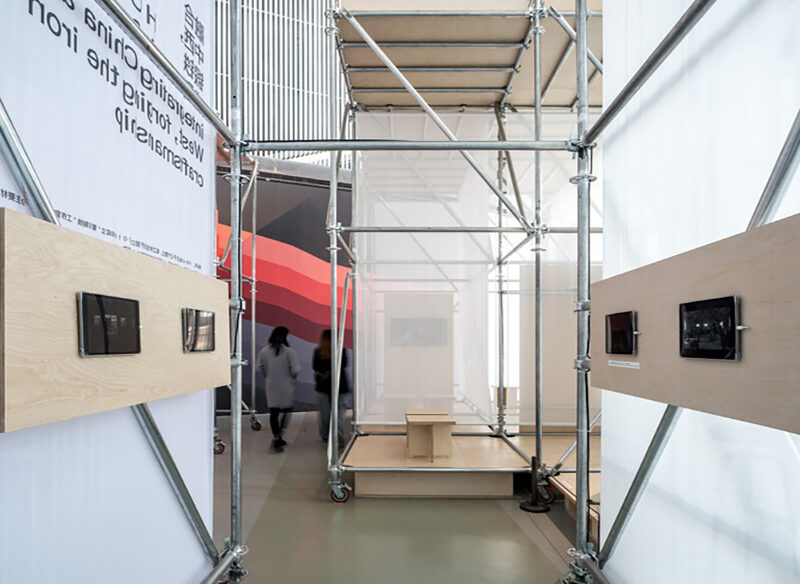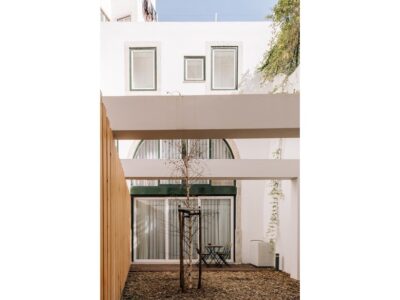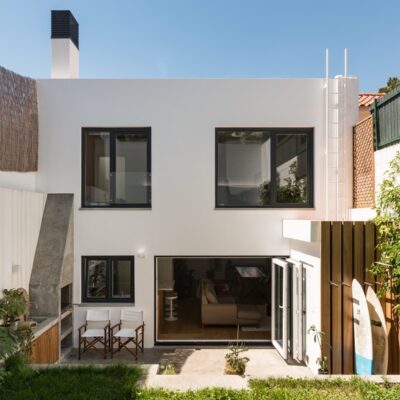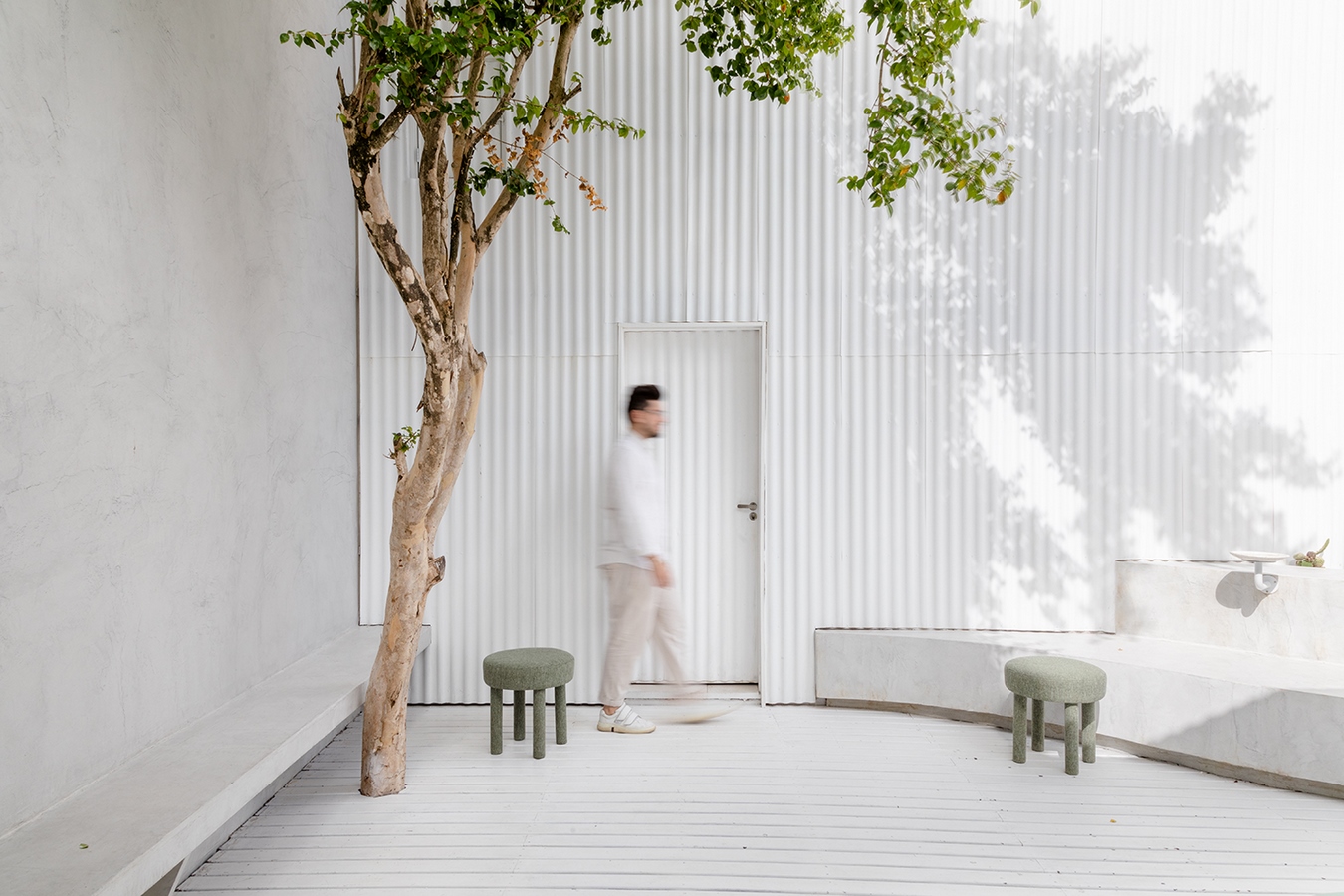Unveiling Transformation
In the bustling metropolis of Shanghai, China, the Power Station of Art serves as a canvas for architectural experimentation. Designed by atelier anonymous, the “Power Station Configurator” redefines the riverfront platform, infusing it with versatility and dynamism. This scaffolding architectural installation breathes new life into the former power plant, transforming it into an ever-evolving exhibition space.

Modular Flexibility
At the heart of this transformation lies the concept of modularity. Scaffolding modules, arranged along the Huangpu River, provide a canvas for showcasing contemporary craftsmanship from across China. Each module, equipped with adjustable curtains and a bespoke wooden display system, adapts to accommodate a diverse array of exhibits. This modular approach fosters a fluid and interactive exhibition experience, inviting visitors to engage with the space on their own terms.

Shaping Spatial Dynamics
As visitors navigate through the exhibition, they encounter a dialogue between steel scaffolding and natural wood. The juxtaposition of these materials creates a dynamic interplay of textures and temperatures, echoing the evolution of traditional craft in a modern context. Galvanized iron sheets, reminiscent of origami, delicately suspend wooden objects, blurring the boundaries between industrial utility and artistic expression.

Reflecting Cultural Heritage
The exhibition space becomes a canvas for storytelling, where each exhibit is carefully curated to evoke a sense of history and tradition. Ming dynasty furniture pieces coexist with contemporary designs, forming a narrative thread that spans centuries. In this fusion of past and present, the scaffolding modules serve as more than mere structural elements; they become conduits for cultural exchange and exploration.

Redefining Spatial Boundaries
Beyond its physical confines, the Power Station Configurator transcends traditional notions of exhibition space. By extending onto the riverside platform, it blurs the line between interior and exterior, inviting visitors to immerse themselves in the surrounding landscape. From the intimate confines of a scaffolded module to the panoramic views from the lifted platform, each space offers a unique perspective on the intersection of art, architecture, and nature.

Conclusion
In the Power Station Configurator, atelier anonymous has crafted more than an exhibition space; they have created a platform for dialogue and discovery. Through innovative design and thoughtful curation, this installation celebrates the richness of Chinese craftsmanship while redefining the boundaries of spatial experience. As visitors engage with the dynamic interplay of materials and narratives, they embark on a journey of exploration, reflection, and appreciation for the evolving landscape of contemporary art and design.




















Comments